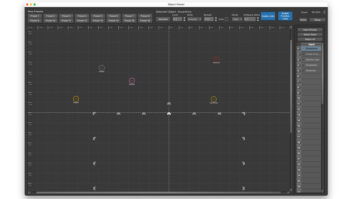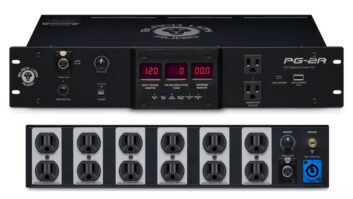The Channel History
I first reviewed Soundscape in 1994 after which I purchased twosystems (8-tracks each) and then upgraded both to 12 channels plusreal-time effects. That the system is still running on aPentium and only last summer did software development —which had been running concurrently with Soundscape 32 — reachthe limit of the hardware is testimony to the foundation on which thesystem was built. Compared to that old hardware, Soundscape-32 adds 8tracks and higher resolution, in half the rack space, with thesame familiar interface. Soundscape has been in existence since 1993.Two years ago Mackie purchased Sydec — Soundscape’s Belgianparent — translating into higher visibility and more users onthis side of the Atlantic.
Playing The Slots
Computers are remarkably powerful and fast,yet there is still a system performance limit as determined by theweakest link. This might include the operating system, a hard drive’sperformance as well as the PCI slots and what’s stuffed intothem. Not all cards play well with others, not all PCI slots equallygifted.
I am a firm believer in dedicating a computer to a minimal number oftasks. That said, my own PC is a dual-processor Celeron, running Win2k,with dual monitors and five PCI slots. Four slots are stuffed withcards — Network, Soundscape Controller, Soundscape Mixpander andCanopus (for video capture). I wanted to fill that last slot with aCreative Labs Audigy2 card — it has a soft DVD-A player as wellas a Game Port for MIDI (to interface with the MotorMix controller)— but as soon as that slot was filled all sorts of bizarre thingsstarted happening. That card will go into another computer. A genericsound card worked just fine in one of the ISA slots.







